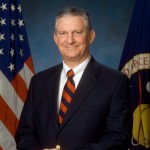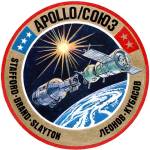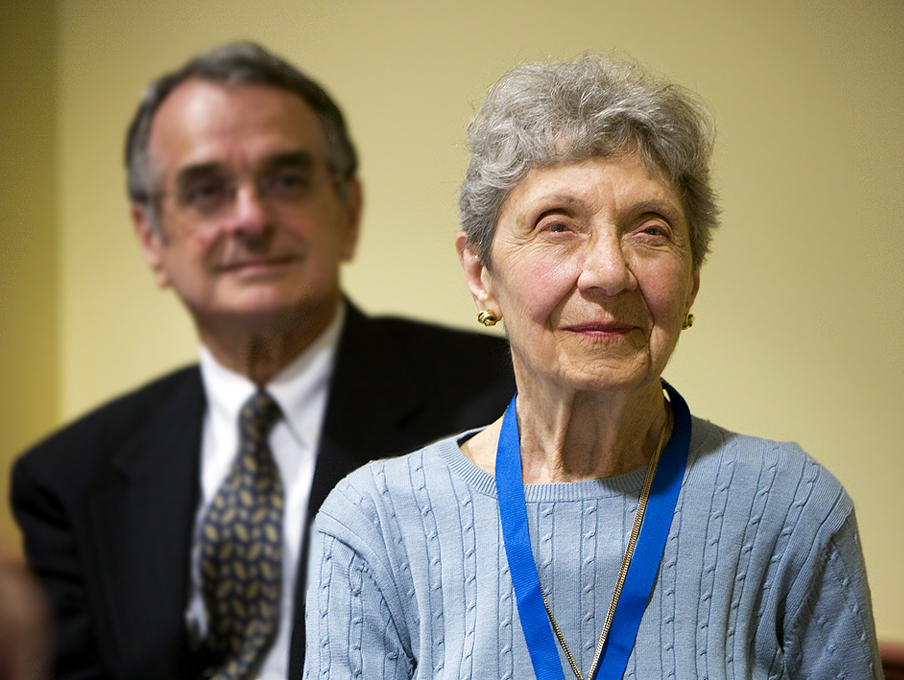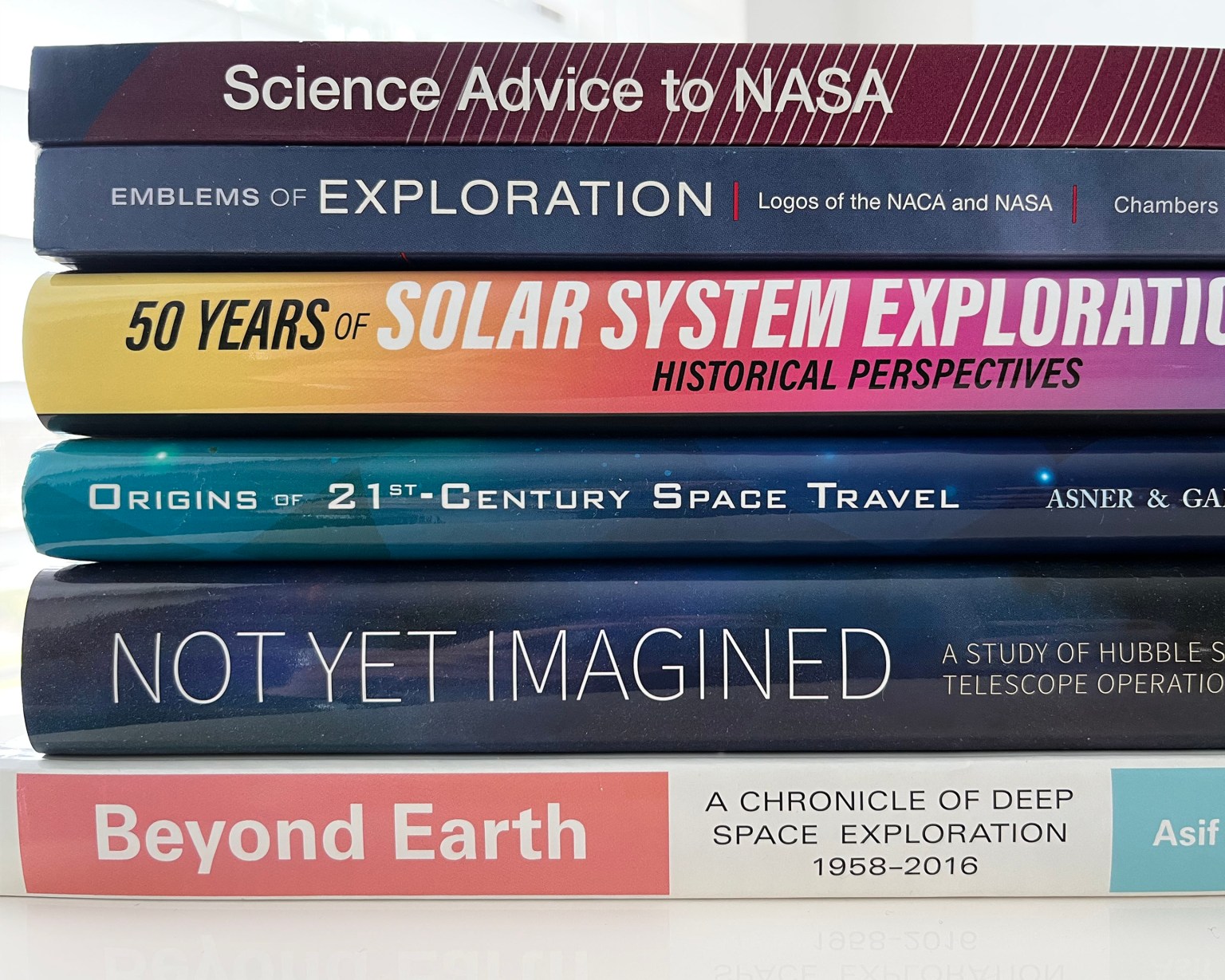In Memory of our history-makers
Why Does NASA Collect
Oral Histories?
NASA sees value in oral history because the process provides significant benefits and plays an important role in capturing and preserving the first-hand experiences of individuals, lessons learned, methodologies, and institutional memory. Looking to the future, but taking time to explore the past, helps to explain what enabled projects and programs to succeed as well as what resulted in failures. Oral history can clarify the intent of the people who were on the ground making the decisions and doing the work. Conveyed in their own words, their accounts allow researchers to interpret the events beyond what can be inferred from the official record and documentation. And when documentation is scarce, oral history interviews can fill the gaps.
The important work of collecting oral histories for NASA ensures that the contributions made by dedicated teams and individuals inspire the next generation who will lead our space exploration programs, enable new scientific discoveries, and power aeronautical research. Understanding the past through personal stories serves as a reminder of what has happened and what is possible in the future.
The transcripts available on this site are created from audio-recorded oral history interviews. To preserve the integrity of the audio record, the transcripts are presented with limited revisions and thus reflect the candid conversational style of the oral history format. Brackets and ellipses indicate where the text has been annotated or edited for clarity. Any personal opinions expressed in the interviews should not be considered the official views or opinions of NASA, the NASA History Office, NASA historians, or staff members.
We’ve often been asked, ‘What did we discover when we went to the Moon?’ We discovered the Earth . . .

Dick Gordon
NASA Astronaut who flew on Gemini XI and Apollo 12
Stories from the National Advisory Committee for Aeronautics (NACA)
Hubble Space Telescope Oral Histories
Dr. Steven A. Hawley
“As an astronomer, I felt that I knew the potential of the instrument and what it could really do if it all worked. And for me, that was tremendously exciting to suddenly have a large telescope in space and the things that it would be able to do. In retrospect, I didn’t have any idea how significant the discoveries would be and how profoundly revealing the Hubble observations would be. But I remember thinking, ‘This is really going to be special.’ To have a tool that will allow you to see the universe in ways that you never thought would be possible was tremendously exciting. And to have it actually turn out to be that and more over the years is very rewarding. Probably, as an astronomer, if you’re going to be in this program, that’s the greatest thing to have been able to be part of.”
Read the Hubble Oral Histories about Hubble Space Telescope Oral Histories
Discovery and New Frontiers Oral Histories
The NASA History Office is currently collecting oral history interviews to document the experiences of individuals who have dedicated their time and expertise to the Discovery and New Frontiers planetary exploration missions, including lessons learned, science objectives and methodologies, mission proposal processes, team dynamics, and management decisions.
Read the oral histories about Discovery and New Frontiers Oral Histories

The transcripts available on this site are created from audio-recorded oral history interviews. To preserve the integrity of the audio record, the transcripts are presented with limited revisions and thus reflect the candid conversational style of the oral history format. Brackets and ellipses indicate where the text has been annotated or edited for clarity. Any personal opinions expressed in the interviews should not be considered the official views or opinions of NASA, the NASA History Office, NASA historians, or staff members.

















































































